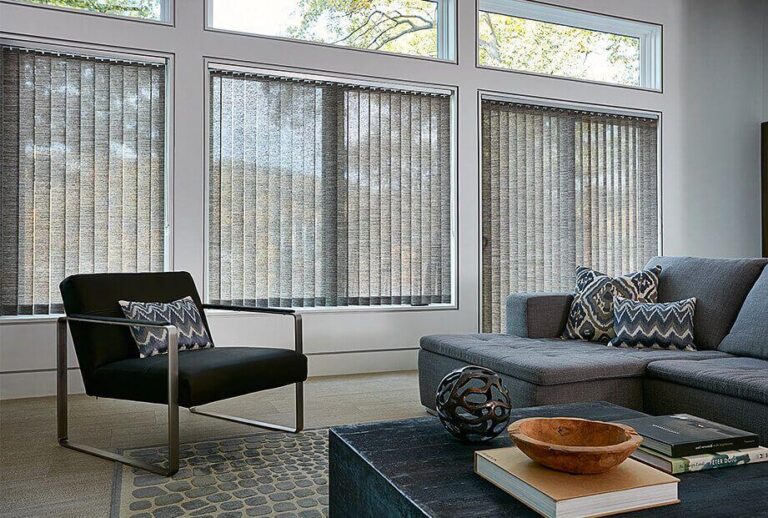
curtains not only cover the window but are the essence of a home interior. The best curtains define your interior and most importantly the class of the family members. Curtains can be made from a variety of different materials. Some materials can be used to make curtains.
- Sheer Fabrics:
Sheer curtains without fully blocking light offer some amount of privacy and are used either alone or as a decorative accent layered over an opaque window treatment, such as blinds. Curtains are delicate and light weighted, complementing a feminine style of décor. Light weighted, transparent sheers, usually polyester, are available in a wide variety of colors and sometimes prints.
- Lined curtains
Curtains made from this fabric have a more professional-looking finish, are block lighter, and offer more insulation than unlined ones. They are fade resistant and look more attractive from the outside.
- Blackout fabric
For your bedroom, special blackout fabric is a good choice as they are available for lining curtains. The insulated lining of these curtains is another specialist option that keeps a room warmer in winter, blocking drafts. Interlining is an extra layer of fabric sandwiched between the curtain lining and fabric that further adds insulation and more body to the covering.
- Cotton and cotton-blend chintzes:
This curtain fabric has a nice shiny coating
- Madras Cotton:
This is chequered cotton with vibrant colors, used for festive happy feel curtains.
- Twill cotton
This fabric is very attractive and has a subtle pattern as part of its weave.
- Gingham cotton
This fabric of cotton is very popular to make kitchen curtains and has check-patterned.
- Warp sateen:
This fabric is smooth and heavy
- Drapery antique satins with characteristic slubs:
Damask has a two-tone design i.e. two tones of the same color. Can be of cotton or silk fibers. To preserve their patterns and drape, these fabrics may need to be lined.
- Brocades:
This curtain material is made from either silk, cotton, linen, or wool, and occasionally from man-made fibers. It is a richer and thicker fabric than others and presents in two or more different colors. For curtain and upholstery projects, brocade makes a great fabric, thanks to its sturdy feel and its design.
- Decorator Fabrics:
This curtain fabric is considered the best choice for curtain-making, especially in terms of opening and closing, and for them to last long. These fabrics have a high thread count which makes them more durable than other fabrics. The more the weight the more it helps curtains hang nicely.
- Velvet:
This fabric with the texture brings out elegance and style
- Chenille fabric
This fabric is a warm, soft, and comfortable feeling fabric for curtains with a similar texture to velvet. Its looped pile makes it fluffy and soft.
- Garment and Quilting Fabrics:
For lightweight window treatments, garment and quilting fabrics are suitable particularly decorative rather than functional.
Examples include:
- Cafe curtains: cover just the bottom part of a window
- Hourglass curtains: cinched in the middle and mounted at the top and bottom of a glass-paneled door
- Simple and plain panels: that hang from clip rings.






